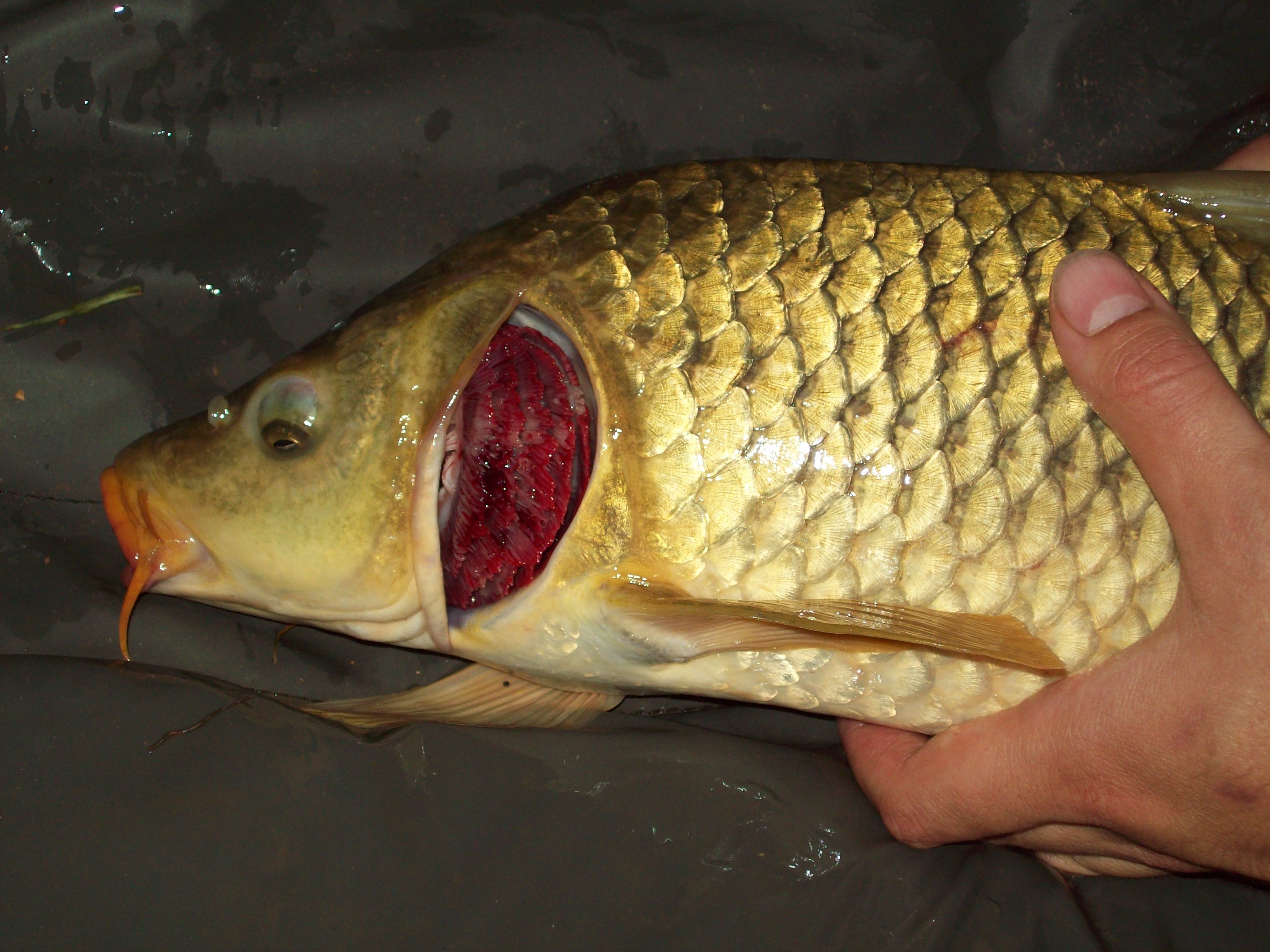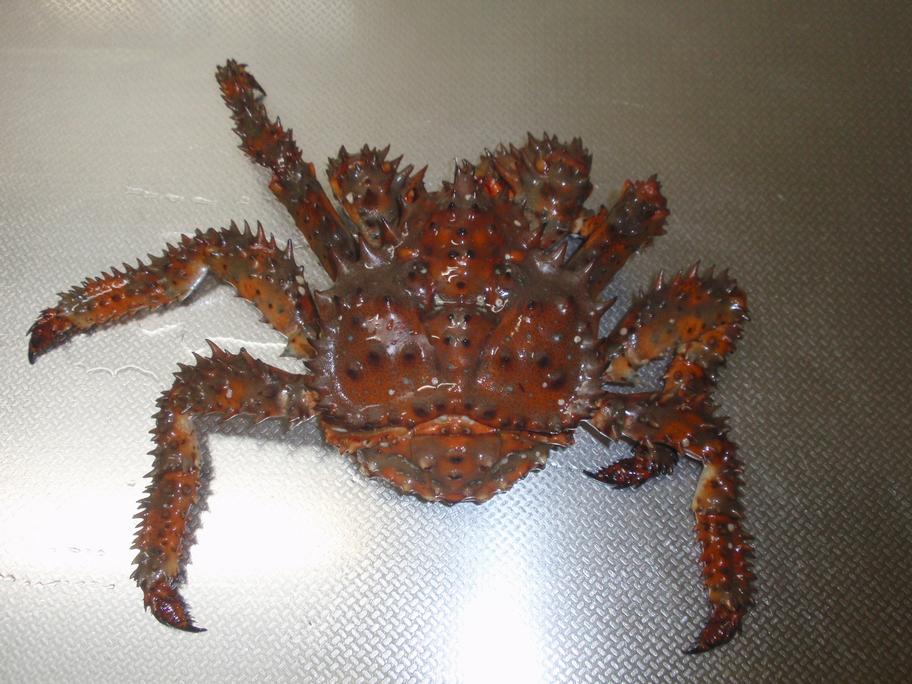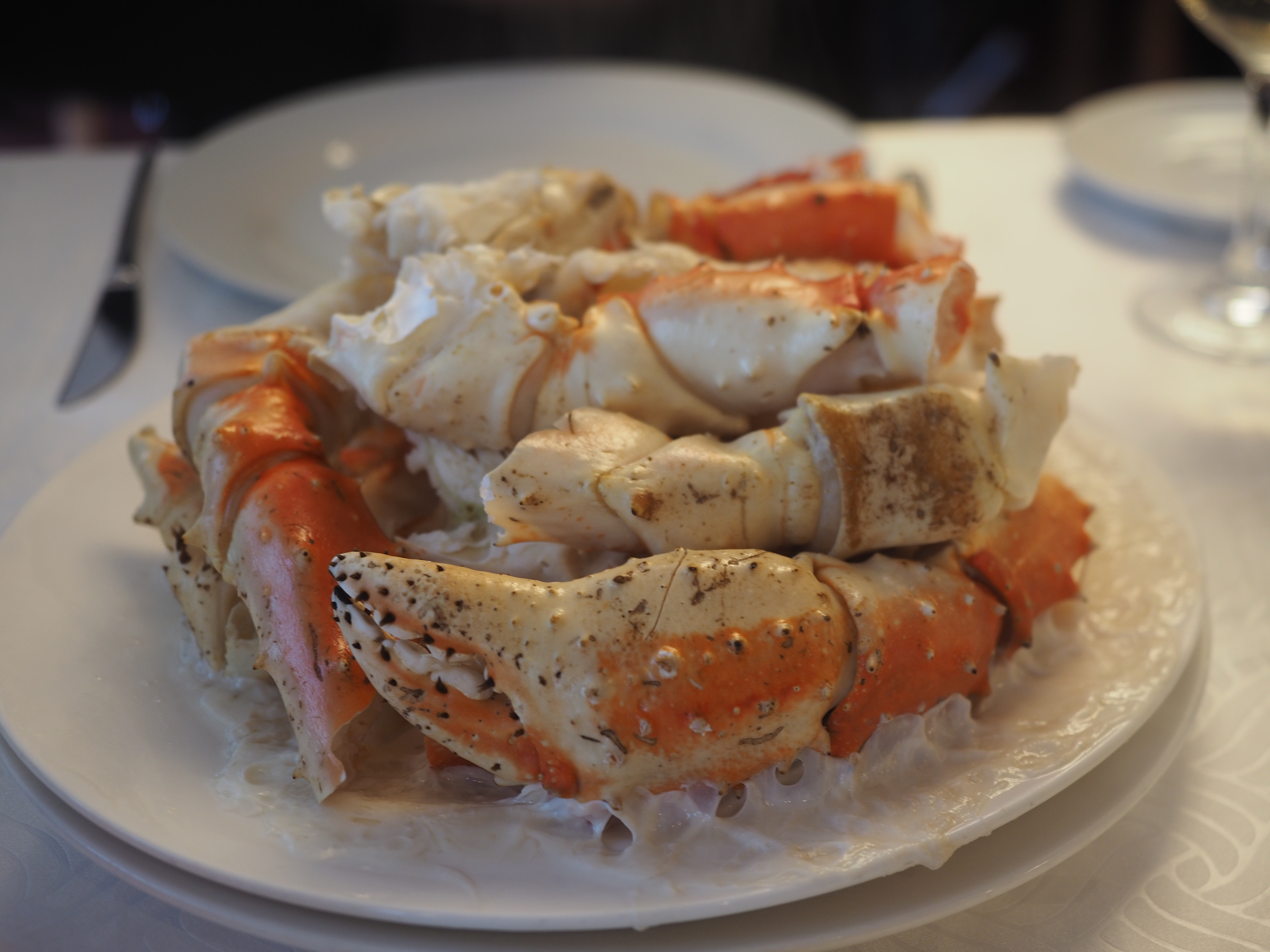|
Careproctus
''Careproctus'' is a genus of snailfishes found in benthic and benthopelagic habitats in the Atlantic, Pacific, Arctic and Southern Oceans. Whether they truly are absent from the Indian Ocean (except for a couple of species in Subantarctic waters) is unknown and might be an artifact of limited sampling. They range from shallow coastal seas in the far north of their range to the abyssal zone, at depths of . In the Northern Hemisphere they mostly live shallower than ''Paraliparis'', but this pattern is reversed in the Southern Hemisphere. Although almost entirely restricted to very cold waters, a single species, ''C. hyaleius'', lives at hydrothermal vents. Its generic name is derived from the Ancient Greek κάρα (''kara'', "face, head") and πρωκτός (''prōktos'', "anus"), therefore literally meaning "butt-face". ''Careproctus'' have one pair of nostrils and a ventral suction disc but lack a pseudobranch. They are tadpole-like in shape and reach up to in standa ... [...More Info...] [...Related Items...] OR: [Wikipedia] [Google] [Baidu] |
Snailfish
The Liparidae, commonly known as snailfish or sea snails, are a family of marine scorpaeniform fishes. Widely distributed from the Arctic to Antarctic Oceans, including the oceans in between, the snailfish family contains more than 30 genera and about 410 described species, but there are also many undescribed species. Snailfish species can be found in depths ranging from shallow surface waters to greater than 8,000 meters, and species of the Liparid family have been found in seven ocean trenches. They are closely related to the sculpins (family Cottidae) and lumpfish (family Cyclopteridae). In the past, snailfish were sometimes included within the latter family. Description The snailfish family is poorly studied and few specifics are known. Their elongated, tadpole-like bodies are similar in profile to the rattails. Their heads are large (compared to their size) with small eyes; their bodies are slender to deep, tapering to very small tails. The extensive dorsal and anal ... [...More Info...] [...Related Items...] OR: [Wikipedia] [Google] [Baidu] |
Neolithodes
''Neolithodes'' is a genus of king crabs, in the family Lithodidae. They are found in all major oceans, both in high and low latitudes. Although there are records from water as shallow as in cold regions, most records are much deeper, typically , with the deepest confirmed at . They are fairly large to large crabs that typically are reddish in color and spiny, although the size of these spines varies depending on species (from long in species like '' N. grimaldii'' to very short in species like ''N. flindersi'', and tending to be more pronounced in small than in large individuals). Various sessile organisms such as barnacles are sometimes attached to their carapace and legs, and small commensal amphipods may live in their carapace. They are occasionally the victims of parasitic snailfish of the genus ''Careproctus'', which lay their egg mass in the gill chamber of the crab, forming a mobile "home" until they hatch. Conversely, some juvenile ''Neolithodes'' have a commensal ... [...More Info...] [...Related Items...] OR: [Wikipedia] [Google] [Baidu] |
Paraliparis
''Paraliparis'' is a genus of fish in the family Liparidae, the snailfishes. It is found in benthic, benthopelagic and pelagic habitats in all the world's oceans. ''Paraliparis'' species have one pair of nostrils and lack a pseudobranch or ventral suction disc. The generic name means "resembling ''Liparis''." Species There are currently 143 recognized species in this genus: * ''Paraliparis abyssorum'' * ''Paraliparis acutidens'' * ''Paraliparis adustus'' * ''Paraliparis albeolus'' * ''Paraliparis albescens'' * ''Paraliparis alius'' Stein, D.L. (2012)Snailfishes (Family Liparidae) of the Ross Sea, Antarctica, and Closely Adjacent Waters. ''Zootaxa, 3285: 1–120.'' * ''Paraliparis amerismos'' * ''Paraliparis andriashevi'' * ''Paraliparis antarcticus'' * ''Paraliparis anthracinus'' (Coalskin snailfish) * ''Paraliparis aspersus'' * ''Paraliparis ater'' (Sooty snailfish) * ''Paraliparis atramentatus'' * '' Paraliparis atrolabiatus'' (Darklip snailfish) * '' Paraliparis ... [...More Info...] [...Related Items...] OR: [Wikipedia] [Google] [Baidu] |
Mouth Brooder
Mouthbrooding, also known as oral incubation and buccal incubation, is the care given by some groups of animals to their offspring by holding them in the mouth of the parent for extended periods of time. Although mouthbrooding is performed by a variety of different animals, such as the Darwin's frog, fish are by far the most diverse mouthbrooders. Mouthbrooding has evolved independently in several different families of fish. Mouthbrooding behaviour Paternal mouthbrooders are species where the male looks after the eggs. Paternal mouthbrooders include the arowana, various mouthbrooding bettas and gouramies such as '' Betta pugnax'', and sea catfish such as ''Ariopsis felis''. Among cichlids, paternal mouthbrooding is relatively rare, but is found among some of the tilapiines, most notably the black-chin tilapia ''Sarotherodon melanotheron''. In the case of the maternal mouthbrooders, the female takes the eggs. Maternal mouthbrooders are found among both African and South American c ... [...More Info...] [...Related Items...] OR: [Wikipedia] [Google] [Baidu] |
Numazu
is a city located in eastern Shizuoka Prefecture, Japan. , the city had an estimated population of 189,486 in 91,986 households, and a population density of 1,014 persons per km2. The total area of the city is . Geography Numazu is at the northwestern end of the Izu Peninsula, which is a leisure destination known for its numerous hot springs. Mount Fuji, Japan's tallest mountain, may also be seen from Numazu on clear days. Numazu is located west of Tokyo and is on the Tōkaidō Main Line, the main railway line from Osaka to Tokyo. Warmed by the Kuroshio Current, the area enjoys a warm maritime climate with hot, humid summers and mild, cool winters. The Kano River runs through the middle of the city. Mount Ashitaka (1188 meters) is the highest point in the city Neighboring municipalities Shizuoka Prefecture * Mishima * Fuji * Izu * Izunokuni * Shimizu * Nagaizumi * Kannami Demographics Per Japanese census data, the population of Numazu has been in slow decline over the past ... [...More Info...] [...Related Items...] OR: [Wikipedia] [Google] [Baidu] |
Pseudobranch
The pseudobranch, also pseudobranchia is the reduced first gill arch of a fish (on the inner surface of the opercle, near the junction of the preopercle) as well as a reduced "false" gill in some gastropods. In teleost fish, the pseudobranchs are mostly without respiratory function, and in elasmobranchs they are the gill arch of the spiracle Spiracle or spiraculum may refer to: * Spiracle (arthropods), opening in the exoskeletons of some arthropods * Spiracle (vertebrates), openings on the surface of some vertebrates * Spiraculum, a genus of land snails in family Cyclophoridae Cycl .... The function of the pseudobranch is unknown, but it is believed that it supplies highly oxygenated blood to the optic choroid and retina and may have baroreceptor (pressure) and thermoregulation functions. It may also be a site of oxygen chemoreception. External links Picture of trout pseudobranchPseudobranch description incl. picture References Fish anatomy {{vertebrate-anatomy ... [...More Info...] [...Related Items...] OR: [Wikipedia] [Google] [Baidu] |
Gill
A gill () is a respiratory organ that many aquatic organisms use to extract dissolved oxygen from water and to excrete carbon dioxide. The gills of some species, such as hermit crabs, have adapted to allow respiration on land provided they are kept moist. The microscopic structure of a gill presents a large surface area to the external environment. Branchia (pl. branchiae) is the zoologists' name for gills (from Ancient Greek ). With the exception of some aquatic insects, the filaments and lamellae (folds) contain blood or coelomic fluid, from which gases are exchanged through the thin walls. The blood carries oxygen to other parts of the body. Carbon dioxide passes from the blood through the thin gill tissue into the water. Gills or gill-like organs, located in different parts of the body, are found in various groups of aquatic animals, including mollusks, crustaceans, insects, fish, and amphibians. Semiterrestrial marine animals such as crabs and mudskippers have gill ch ... [...More Info...] [...Related Items...] OR: [Wikipedia] [Google] [Baidu] |
Lopholithodes
''Lopholithodes'' is a genus of king crab. It includes ''Lopholithodes foraminatus'' (the brown box crab The brown box crab (''Lopholithodes foraminatus'') is a king crab that lives from Prince William Sound, Alaska to San Diego, California, at depths of . It reaches a carapace length of and feeds on bivalves and detritus. The box crab gets its na ...) and ''Lopholithodes mandtii'', the Puget Sound king crab. References King crabs {{crab-stub ... [...More Info...] [...Related Items...] OR: [Wikipedia] [Google] [Baidu] |
Paralithodes
''Paralithodes'' is a genus of North Pacific king crab King crabs are a taxon of decapod crustaceans chiefly found in cold seas. Because of their large size and the taste of their meat, many species are widely caught and sold as food, the most common being the red king crab (''Paralithodes camtsch ...s. Species The genus contains the following species: References External links * * King crabs Decapod genera Taxa named by Johann Friedrich von Brandt {{decapod-stub ... [...More Info...] [...Related Items...] OR: [Wikipedia] [Google] [Baidu] |
Lithodes
''Lithodes'' is a genus of king crabs. Today there are about 30 recognized species, but others formerly included in this genus have been moved to ''Neolithodes'' and ''Paralomis''. They are found in oceans around the world, ranging from shallow to deep waters, but mostly at depths of . They are restricted to relatively cold waters, meaning that they only occur at large depths at low latitudes, but some species also shallower at high latitudes. They are medium to large crabs and some species are or were targeted by fisheries.Emmerson, W.D. (2016). A Guide to, and Checklist for, the Decapoda of Namibia, South Africa, vol. 2. Cambridge Scholar Publishing. Species ''Lithodes'' contains the following species: *''Lithodes aequispinus'' Benedict, 1895 – golden king crab *''Lithodes aotearoa'' Ahyong, 2010 *''Lithodes australiensis'' Ahyong, 2010 *''Lithodes ceramensis'' Takeda & Nagai, 2004 *'' Lithodes chaddertoni'' Ahyong, 2010 *''Lithodes confundens'' Macpherson, 1988 *'' Litho ... [...More Info...] [...Related Items...] OR: [Wikipedia] [Google] [Baidu] |
King Crab
King crabs are a taxon of decapod crustaceans chiefly found in cold seas. Because of their large size and the taste of their meat, many species are widely caught and sold as food, the most common being the red king crab (''Paralithodes camtschaticus''). King crabs are generally thought to be derived from hermit crab-like ancestors within the Paguridae, which may explain the asymmetry still found in the adult forms. This ancestry is supported by several anatomical peculiarities which are present only in king crabs and hermit crabs. Although some doubt still exists about this hypothesis, king crabs are the most widely quoted example of carcinisation among the Decapoda. The evidence for this explanation comes from the asymmetry of the king crab's abdomen, which is thought to reflect the asymmetry of hermit crabs, which must fit into a spiral shell. Controversial taxon Although formerly classified among the hermit crabs in the superfamily Paguroidea, king crabs are now place ... [...More Info...] [...Related Items...] OR: [Wikipedia] [Google] [Baidu] |
Parasitic
Parasitism is a close relationship between species, where one organism, the parasite, lives on or inside another organism, the host, causing it some harm, and is adapted structurally to this way of life. The entomologist E. O. Wilson has characterised parasites as "predators that eat prey in units of less than one". Parasites include single-celled protozoans such as the agents of malaria, sleeping sickness, and amoebic dysentery; animals such as hookworms, lice, mosquitoes, and vampire bats; fungi such as honey fungus and the agents of ringworm; and plants such as mistletoe, dodder, and the broomrapes. There are six major parasitic strategies of exploitation of animal hosts, namely parasitic castration, directly transmitted parasitism (by contact), trophicallytransmitted parasitism (by being eaten), vector-transmitted parasitism, parasitoidism, and micropredation. One major axis of classification concerns invasiveness: an endoparasite lives inside the host's ... [...More Info...] [...Related Items...] OR: [Wikipedia] [Google] [Baidu] |




